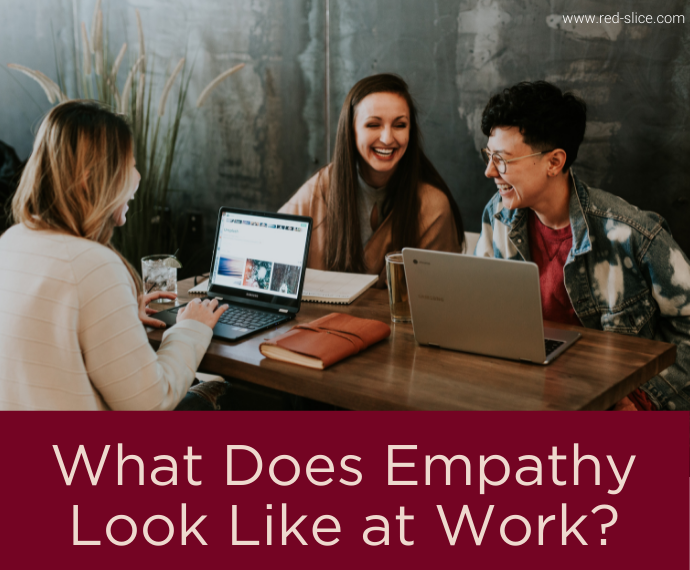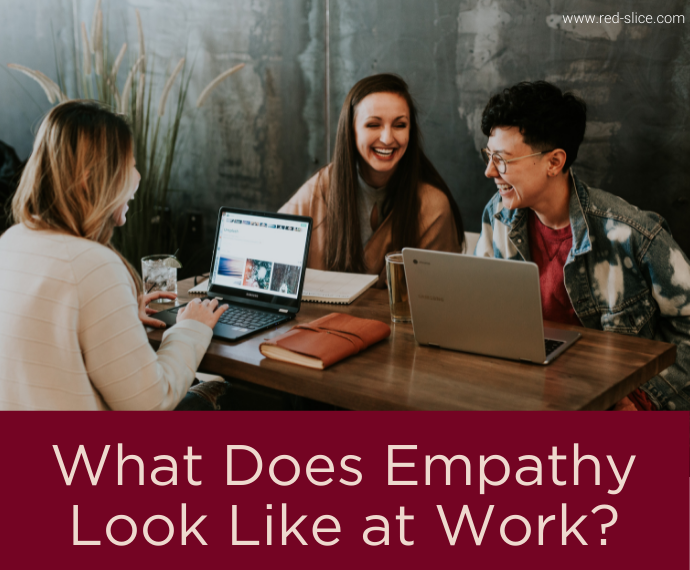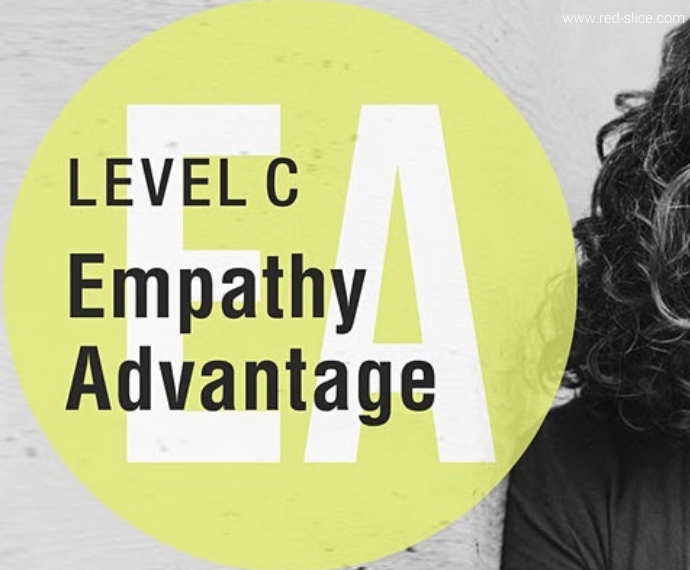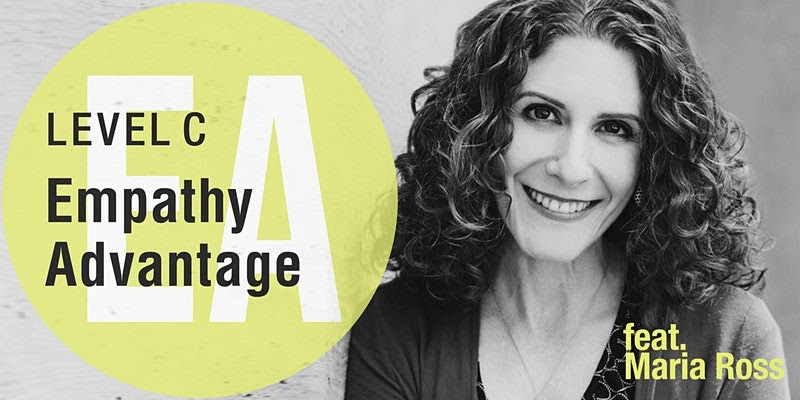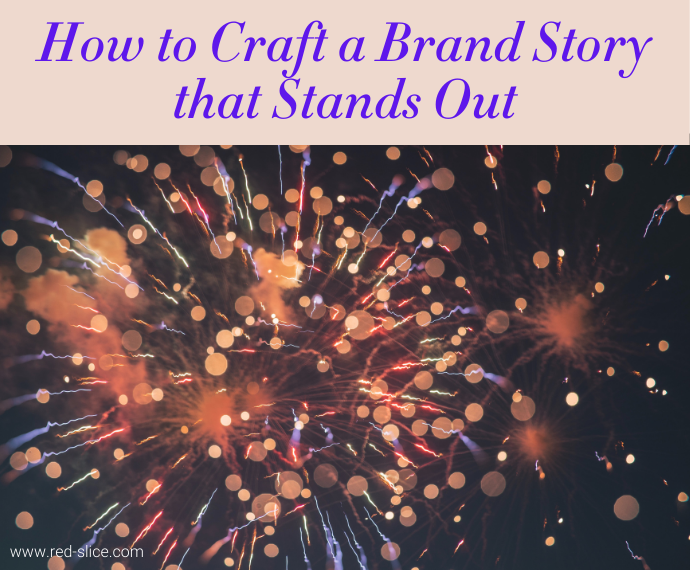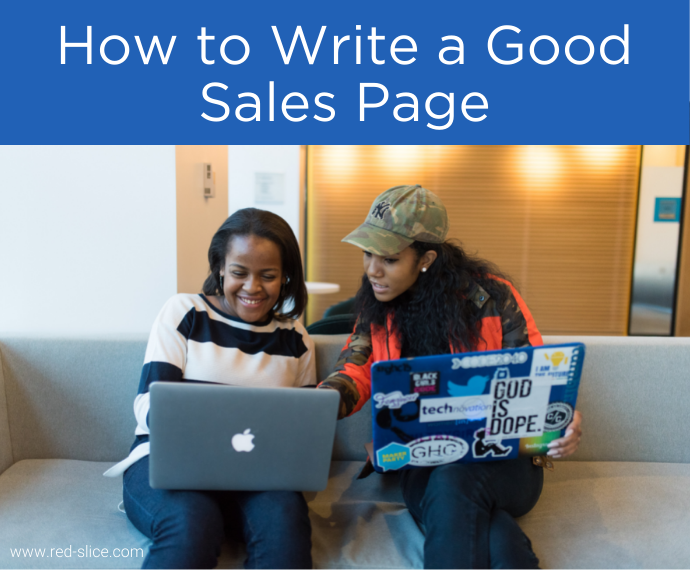Tell me with whom you associate, and I will tell you who you are. – Johann Wolfgang von Goethe
We are judged by the company we keep. From the first time Aesop shared that phrase in his writings to what we know to be true today, who you choose to surround yourself with says a lot about who you are – as a person, a leader, and a brand.
As a brand strategist, I have talked before about the importance of choosing the right partners. Those who align with your values, complement your mission, and impact the same audiences.
Who you partner with and where you advertise says a lot about who you are as a brand.
This is why some brands made a mass exodus from Twitter (now know as X) when Elon Musk took over and ravaged it from what it once was. An aspect of Cancel Culture addresses this – customers abandoning a company if the brand advertises with a certain partner they deem to be disreputable.
Your customers and clients care about who you collaborate with. They notice. They make purchase decisions based on it.
So it’s time to think about your cause or mission. What does your brand stand for? What is your manifesto? What is your philosophy?
A practical way to communicate that beyond mere words is to partner and advertise with thought and intention.
So….
An invitation
If you and your brand embrace empathy as a strategic advantage. If you believe human-centered leaders and cultures can achieve radical success. If you understand that empathy for your customers/clients boosts their experience, engagement, and evangelism of your brand….
You’re invited for a chat with me about partnering, collaborating, and joining my people-centered leadership mission.
- We can discuss our shared values and work and see if our audiences intersect to amplify each other’s important work.
- We can outline options to promote your brand and content on The Empathy Edge podcast and reach hundreds of thousands of high-value, highly-targeted listeners who need what you’ve got. Plus take advantage of other channels to reach them (limited spots available as I’m very discerning about who I bring to my audience)
- We can talk about your next customer event, conference, or leadership training and discuss a dynamic presentation that offers data, interactivity, and practical strategies to strengthen empathy and balance it with performance and accountability.
- We can revamp your brand story and messaging to better connect and engage with your ideal clients, reignite your employees, and differentiate your work. All to accelerate sales, impact, and growth.
Many folks approach me for partnerships but do not get accepted if they are not the right fit – or if there is no mutual benefit. Because I always remember it’s about the mission, carefully choosing partners where values align and who do right by their clients from a place of purpose, not merely profit. Those who understand that profit and purpose, empathy and high performance, compassion, and growth CAN co-exist.
Are you intrigued? Are you on a mission with me to prove empathy – for your leaders, team, and customers – is a strength and can lead to radical success? Let’s talk today!








